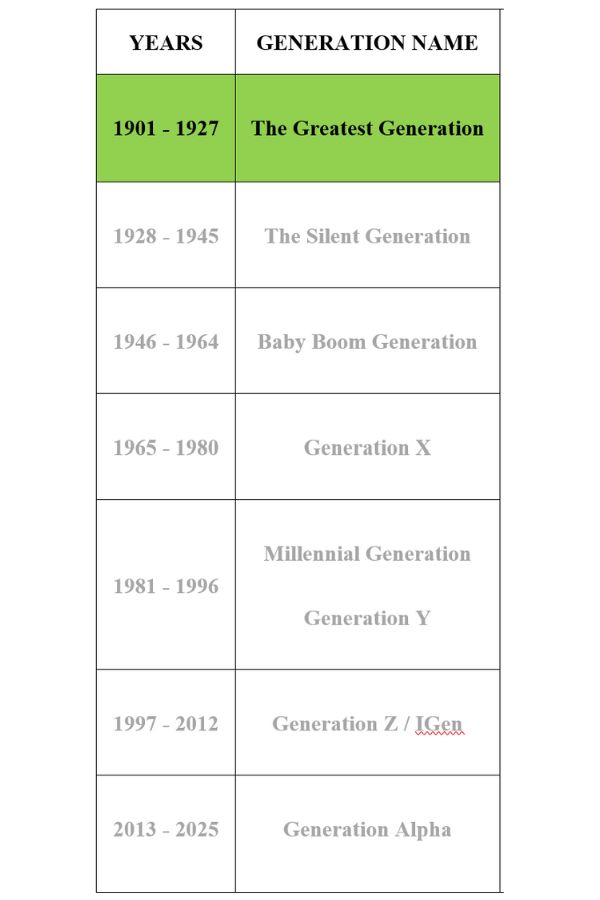The Risk of Not Knowing
By: Dawit Kiflu, President of Samsonshield Inc.
Generational Awareness
Generational awareness and analysis has been a mainstream science in the academic and business world for some time. Each generation has unique to them, certain characteristics that differentiate them from other generations. All generations share certain traits, beliefs, customs, and behaviours unique to their age group. Age reveals two important things about a person: their position in their life cycle; and their membership in a group (cohort) of individuals were born at the same time and, who have similar experiences. Other factors obviously have impacts that differentiate people outside of generational norms such as place of birth, culture, and religion, etc.
Generational awareness is used in a variety of ways such as in advertising and political science as a tool to predict business and political trends and outcomes. Multigenerational workplaces could benefit from generational awareness. Understanding the generations can provide a distinct advantage in helping people with their needs and also, help people understand different perspectives, beliefs and points of view. Riskboss will be highlighting one generation in this, and each future edition. It is our goal to help readers understand the impact factors and traits of each generation. In analysing this information, it is important to be careful not to pigeonhole an individual in any age group with their generational characteristics as people can and do often break generational norms. We hope that this helps to bridge gaps between the generations, assist in dealing with people you interact with, and reduce the risk of misunderstanding points of view

The Greatest Generation 1901-1927
This generation found its name by way of a book entitled, The Greatest Generation by author / broadcaster Tom Brokaw. Brokaw used this term in recognition of what he called, “A generation of towering achievement and modest demeanor, a legacy of their formative years when they were participants in and witness to sacrifices of the highest order.…This is the greatest generation any society has produced.”
Census data reveals that this generation makes up only 2% of the North America population. The last part of this generation is now well into their late nineties. This generation came of age between 1919 and 1945. They are the parents of the Baby Boom Generation. They are children of what is known as the Lost Generation (1883 – 1900).
This generation lived through the Great Depression. Also known as the GI Generation, they fought and lived through World War II. Of the over 16 million Americans who fought in World War II, only about 167,000 were still alive as of 2022. Their childhood was marked by economic success and technological advancements such as the radio and telephone. Women gained the right to vote during this time. They witnessed the roaring twenties which at the time was a time of prosperity in North America and the Golden Age of Hollywood. In 1929; however, the stock market crash sent this generation into economic turmoil. The depression lasted roughly a decade and resulted in a 25 percent unemployment rate.
Comic books were very popular with members of this generation. Characters like Doc Savage, The Shadow, Superman and Batman were top sellers. Jazz, blues, gospel and folk music were the sounds of the day. Swing jazz became very popular with this age group that caused them to be described as the “Swing Generation”. John F. Kennedy became the first from this generation to become US president. Rosa Parks, a notable figure in the civil rights movement, belonged to the Greatest Generation. Queen Elizabeth II was also in the generational cohort.
All of this has led this generation to be known for patriotism, commitment to work and family, frugal lifestyles, and motivation to work hard to succeed. Personal responsibility, self sacrifice and integrity feature prominently in this age group.
